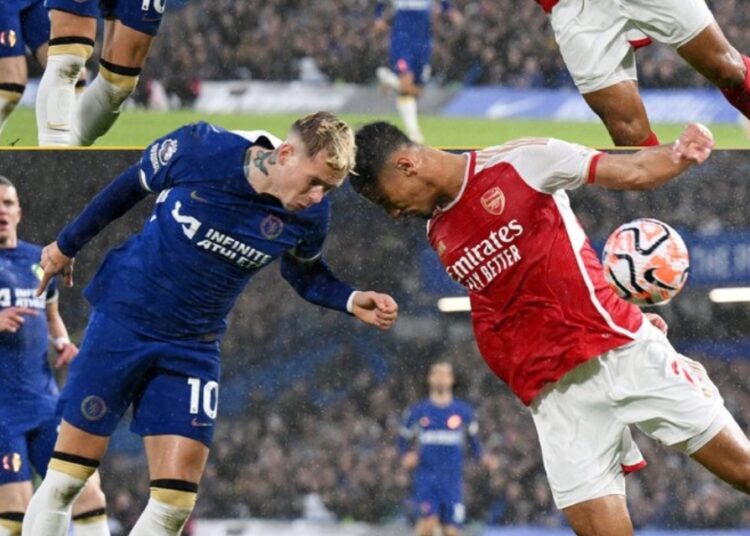A closer look at handball rules following the controversial Saliba and McTominay penalties
Saliba and McTominay: On October 21, a controversial penalty decision was made in favor of Chelsea due to a handball by William Saliba. John Terry, a Chelsea icon, disagreed with the decision on the social platform, formerly known as Twitter.
The incident occurred during Arsenal’s match at Stamford Bridge when the ball hit Saliba’s arm. After a detailed review, Chris Kavanagh, the referee, granted the penalty. Cole Palmer then successfully took the penalty kick.
In a recent game, Everton’s consistent defense at Anfield was compromised when Michael Keane conceded a penalty. Meanwhile, Scott McTominay at Bramall Lane quickly shifted from a key player to a transgressor due to a handball foul.
A VAR check results in a handball awarded against William Saliba 🎥⚽
— Match of the Day (@BBCMOTD) October 21, 2023
Thoughts on the decision?#CHEARS pic.twitter.com/lWrelUFAg6
The International Football Association Board (IFAB) updated several rules before the 2021/2022 season, as noted on the Premier League’s website.
The revised rules now emphasize the player’s intent and the naturalness of the arm’s position during the game.
Penalties are almost certain when a player’s arm extends away from the body, creating a larger play area, as seen in the decisions against Keane and Saliba during the Liverpool and Chelsea games.
Penalties always apply for handball offences involving unnatural arm positions, regardless of intent.
The International Football Association Board (IFAB) deems the arm as any part below the sleeve, allowing players to use their shoulders. This interpretation stirred controversy during the Rodri handball event against Everton on March 1, 2022.
Deliberate movements of the hand towards the ball to prevent a cross or a goal also count as handball offences. This was the situation for McTominay, whose hands were near his body, but replays suggest he moved his arm towards the ball.

















